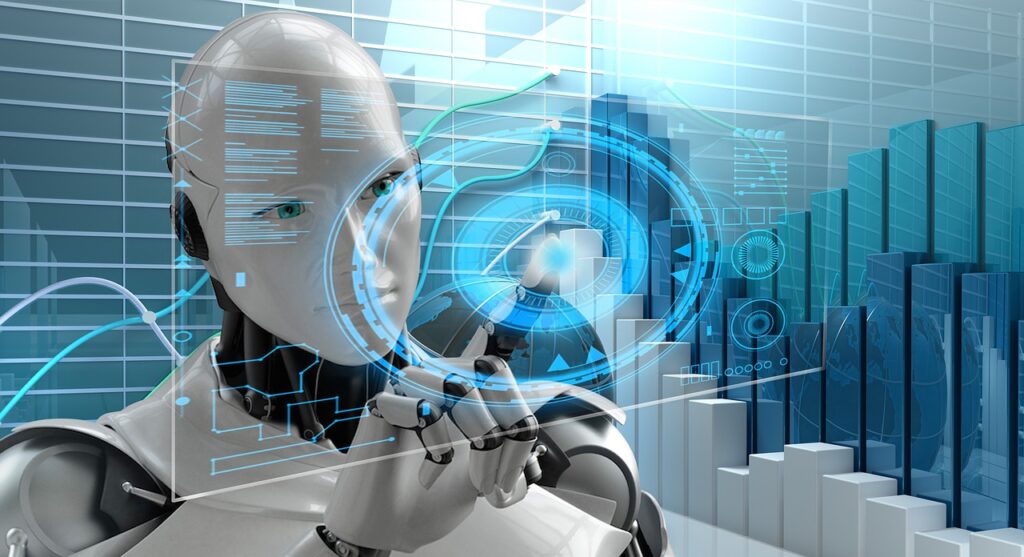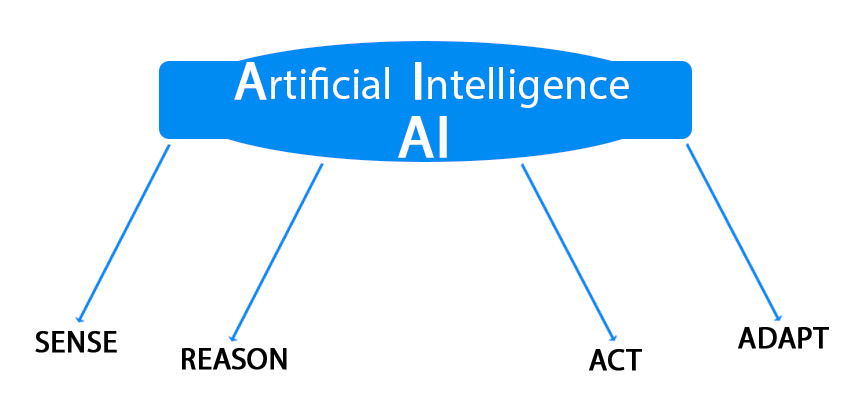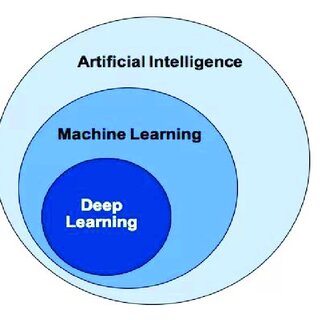Artificial Intelligence (AI) is a rapidly evolving field that is transforming industries and our daily lives. At its core, AI is the development of computer systems capable of performing tasks that traditionally require human intelligence, such as learning, problem-solving, decision-making, and even creative expression.
The capability of man-made (Artificial) intelligence is huge and expansive. Through AI calculations, (Artificial) man-made intelligence frameworks can break down immense measures of information, recognize examples, and settle on informed choices with striking pace and precision. This has applications across a large number of areas, from medical care and money to transportation and diversion.
Contrary to popular misconceptions, AI is not about creating sentient machines that will replace humans. Rather, it is about augmenting human capabilities and empowering us to achieve more, faster, and with greater precision. By automating repetitive or mundane tasks, AI frees up time and resources for humans to focus on higher-level strategic thinking, innovation, and creative problem-solving.

As AI continues to evolve, it is crucial that we approach its development and implementation with a clear understanding of its capabilities and limitations. With responsible and ethical stewardship, AI can be a powerful tool that enhances our lives and contributes to a better future for all.
The Unparalleled Advantages of Artificial Intelligence
As technology continues to evolve at a rapid pace, Artificial Intelligence (AI) has emerged as a transformative force that is poised to reshape the way we live and work. Boasting a myriad of advantages, AI holds the promise of unlocking new realms of efficiency, productivity, and innovation across a wide range of industries.
One of the primary advantages of AI is its ability to automate repetitive and mundane tasks with unparalleled speed and precision. By delegating these time-consuming processes to AI systems, businesses can free up valuable human resources to focus on more strategic, creative, and high-impact initiatives. This not only enhances overall productivity but also allows organizations to optimizing their workflows and decision-making processes.


Moreover, AI’s capacity for data analysis and pattern recognition far surpasses human capabilities. AI systems can sift through vast troves of information, identify meaningful insights, and make informed decisions with a level of accuracy and consistency that is virtually unattainable for manual processes. This data-driven approach enables organizations to make more informed and strategic choices, driving improved outcomes and competitive advantages.
Importantly, AI also offers the potential to enhance human capabilities, rather than replace them entirely. By augmenting human intelligence with the speed, precision, and analytical power of AI, we can unlock new frontiers of innovation and problem-solving. This symbiotic relationship between humans and machines paves the way for groundbreaking advancements in fields such as healthcare, scientific research, and technological development.
As the advantages of Artificial Intelligence continue to unfold, it is clear that this transformative technology will play a pivotal role in shaping the future. By embracing AI and harnessing its vast potential, organizations and individuals alike can unlock unprecedented levels of efficiency, productivity, and innovation, ultimately driving progress and prosperity in the years to come.
The Risks and Disadvantages of Artificial Intelligence
While AI has brought many advancements, it’s crucial to be aware of the potential drawbacks and risks. AI systems can be biased, lack transparency, and threaten job security. They may make decisions that go against human values and ethics. There are also concerns about AI’s impact on privacy, data security, and the environment. As AI becomes more ubiquitous, we must address these issues head-on to ensure AI is developed and deployed responsibly. Only then can we harness its full potential while mitigating the dangers.


The Diverse Landscape of Artificial Intelligence
Artificial Intelligence (AI) is no longer confined to the realms of science fiction – it has become a pervasive force shaping our modern world. As the field of AI continues to evolve, it’s essential to understand the diverse array of AI types that are emerging and how they are being applied across industries.
At the most fundamental level, AI can be categorized into two broad types: Narrow AI and General AI. Narrow AI, also known as Weak AI, is designed to perform specific, pre-defined tasks with remarkable efficiency, such as playing chess or recognizing speech. In contrast, General AI, or Strong AI, is the holy grail of the field – a system that can adapt to and excel at a wide range of cognitive tasks, much like the human mind.
Beyond this broad distinction, the AI landscape is further diversified by the various techniques and approaches that are being employed. Machine Learning, a subset of AI, involves the development of algorithms that can learn from data and make predictions or decisions without being explicitly programmed. Deep Learning, an advanced form of Machine Learning, utilizes artificial neural networks to process and analyze vast amounts of data, enabling breakthroughs in areas like image recognition and natural language processing.
Robotic Process Automation (RPA), on the other hand, focuses on automating repetitive, rule-based tasks, streamlining workflows and improving efficiency in various business operations. Additionally, the emergence of Reinforcement Learning, where AI systems learn by interacting with their environment and receiving rewards or penalties, is paving the way for autonomous decision-making in complex, dynamic environments.
As the field of AI continues to evolve, the potential applications are vast and far-reaching, from enhancing healthcare diagnostics to revolutionizing transportation and beyond. By understanding the diverse types of AI and their unique capabilities, we can better harness the power of this transformative technology to shape a future that is more efficient, intelligent, and responsive to the needs of our rapidly changing world.
